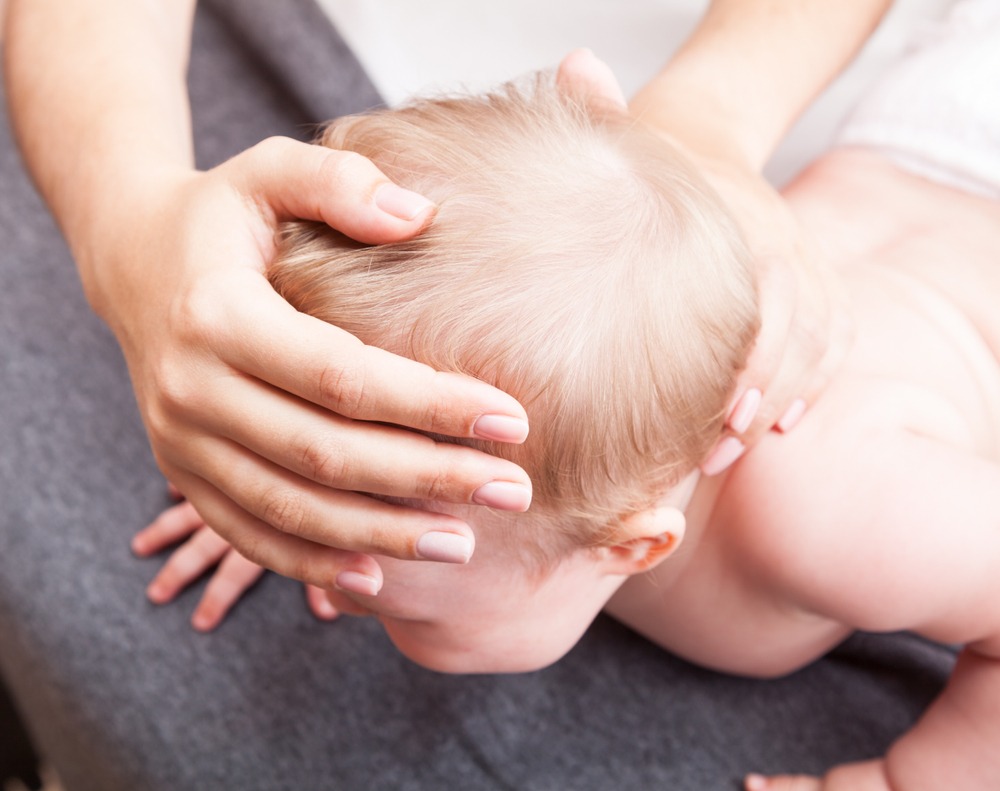


It is an excellent modality to assess for extra-axial blood. MRI is more sensitive for parenchymal injury, but less sensitive for skull fracture. MRI brain can also be performed in an older child or when there is no acute history of head trauma.

MRI of the brain and spine should be performed in any child where the CT scan is abnormal. Performing a volume or spiral acquisition with reconstruction at 1 mm or less allows MPR and 3D reconstruction which maximizes skull fracture detection. Dose reduction techniques should be utilized while performing these scans due to risks associated with radiation exposure 12,14. Neuroimaging in NAIĪ CT should be performed in any child who is having a skeletal survey if they are under 1 and in any child between 1 and 2 where there is suspected skull fracture or intracranial injury.Ī CT may reveal extra-axial collections such as a subdural hemorrhage, skull fractures, and parenchymal injury 12,14. Skull fractures also do not heal with periosteal reaction and if seen are less than two weeks old. Metaphyseal (and costochondral junction) injuries do not heal with periosteal reaction and if visible is less than four weeks old. Rib fractures are often missed, hence current practice is to repeat chest films in two weeks to observe any healing fractures 11. Diaphyseal injuries start healing after one week. Traumatic periosteal injuries can be seen on diaphyseal and rib injuries. Traumatic periosteal injury can be seen up to 7 days post-injury (and therefore can be used for dating). The ability to date injuries is critical for medicolegal purposes and thus must be done carefully (please refer to specialist text for specific guidelines). Normally there is high uptake in the epiphyses of bones which should not be confused with a fracture 9. The test becomes positive few hours after injury. It is the most sensitive in detecting fractures of rib, scapula, spine, diaphysis and pelvis. single fractures in diaphysis (spiral humeral fracture is an exception).linear simple fractures of parietal bone.vertebral fractures or vertebral subluxationįractures which have low specificity for NAI are 9:.digital fractures in non-ambulant children.bilateral fractures with fractures of differing ages.depressed fracture ( fracture a la signature)įractures which are moderately specific for NAI are 9:.non-parietal skull fracture (a parietal fracture is more suggestive of accidental injury).skull fracture: suspicious features include:.costochondral junction injuries and/or fractures.although vigorous cardiopulmonary resuscitation can occasionally cause anterior rib fractures, posterior rib fractures do not occur.said to be virtually pathognomonic of NAI.present in up to 39-50% of abused infants metaphyseal fracture (so-called bucket handle fracture or corner fracture).Specific fracturesĪ number of fractures have been recognized as highly specific to non-accidental injuries (rather than accidental injury). Lead markers should be used in skeletal surveys and some institutions will repeat radiographs that do not have a lead marker within the primary field.īone scans are performed in some institutions because of their ability to detect radiographically-occult fractures. The so-called babygram (whereby the entire baby is imaged in one view) is not an acceptable substitute due to the overall lower quality that it produces each anatomical region requires different radiographic exposures to accurately image. despite falls being common, fractures are uncommonĪ skeletal survey is performed in cases of suspected abuse to assess and document the extent of skeletal injuries.history of household falls resulting in fracture.multiple fractures with no family history of osteogenesis imperfecta.injury and history given are inconsistent.injury in the non-ambulatory/totally dependent child.fractures are noted in ~30% (range 11-55%)Ī number of features have been recognized as suspicious:.In 2001 an estimated 903,000 children were victims of maltreatment including: Whilst "Non-Accidental Injury (NAI)" is ubiquitous, Suspected Physical Abuse (SPA) and Inflicted Injury (II) are the preferred terms 10. Over recent years, there have been a number of titles given to the constellation of injuries that are the result of the physical abuse of children.


 0 kommentar(er)
0 kommentar(er)
